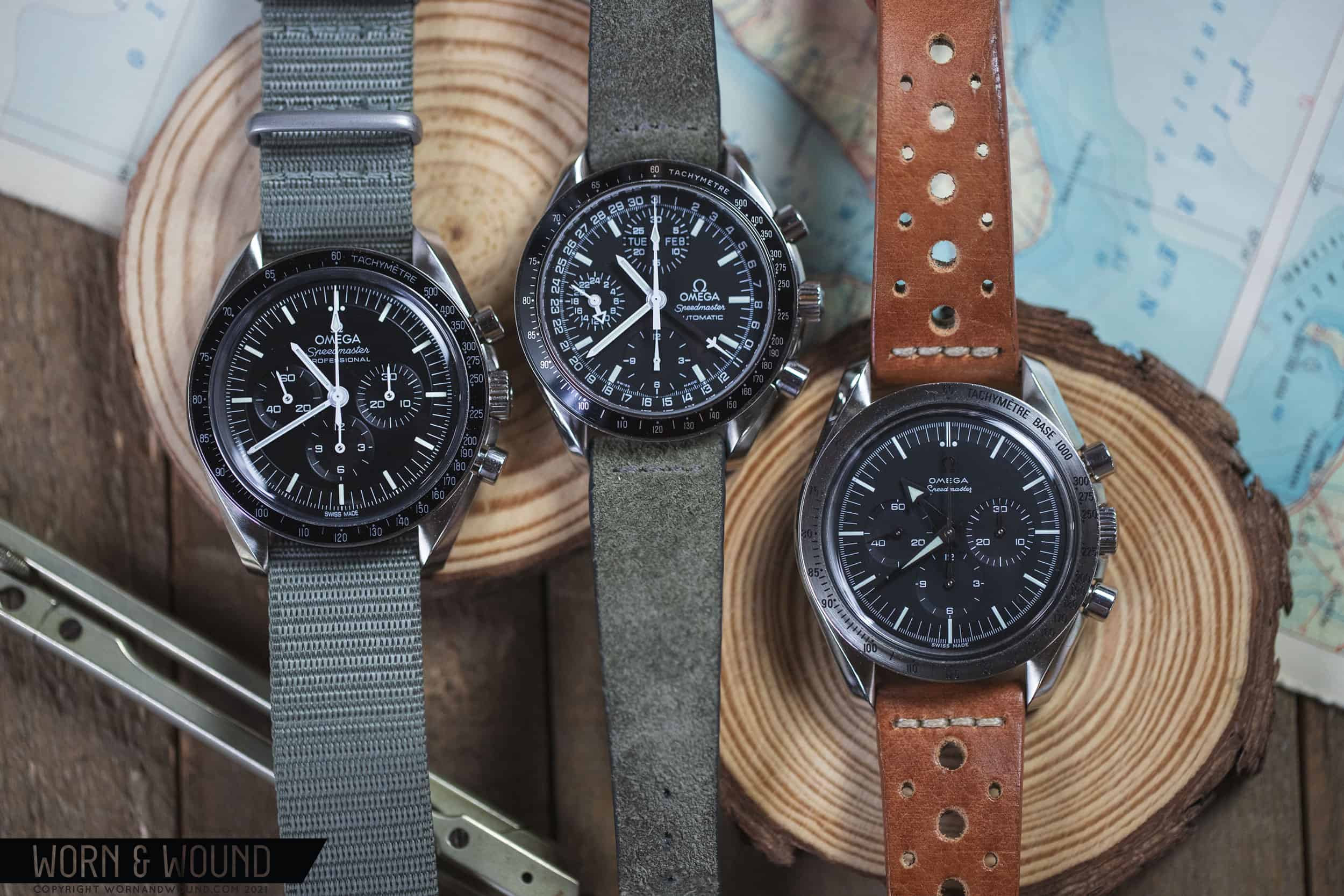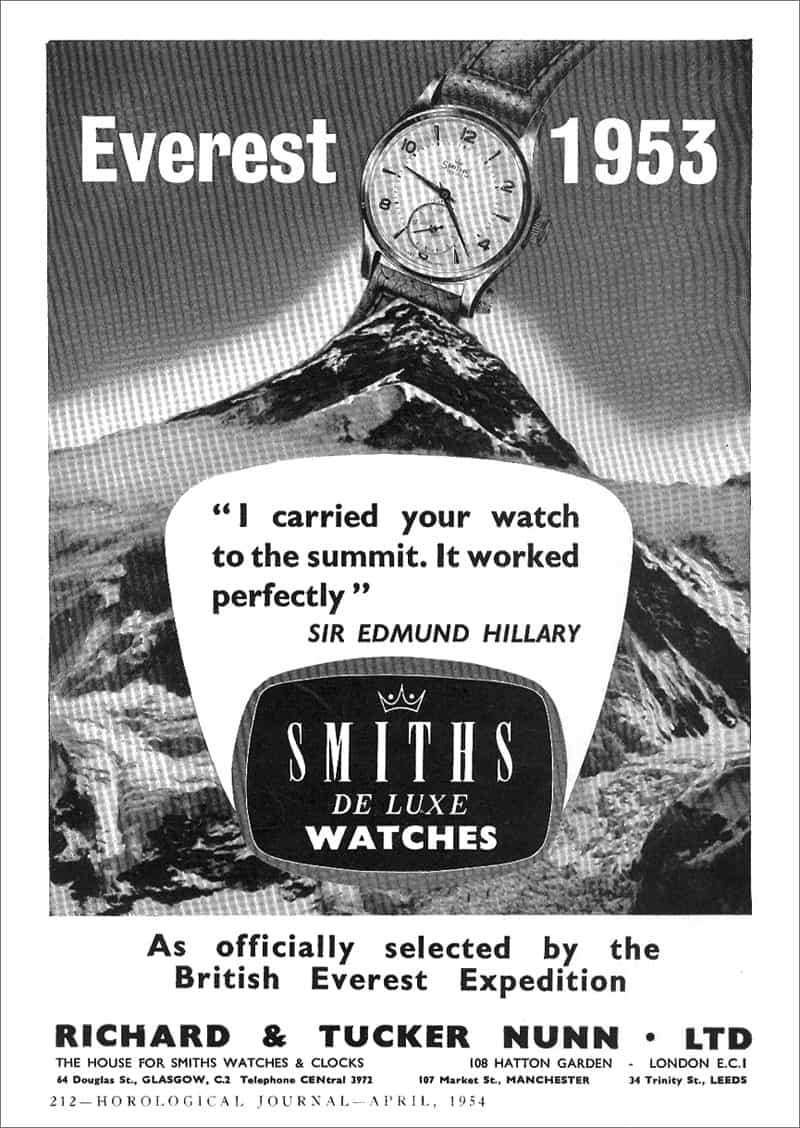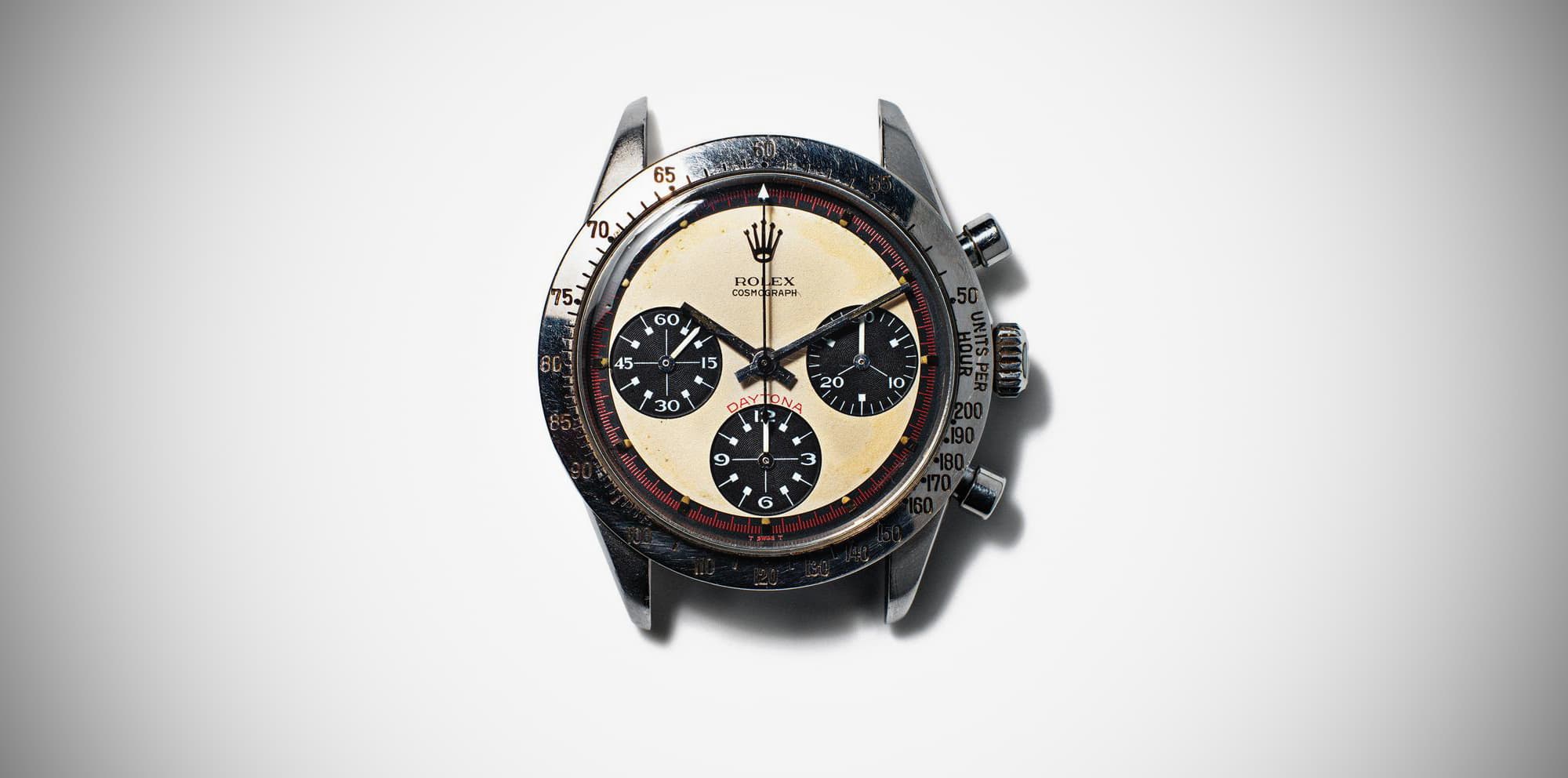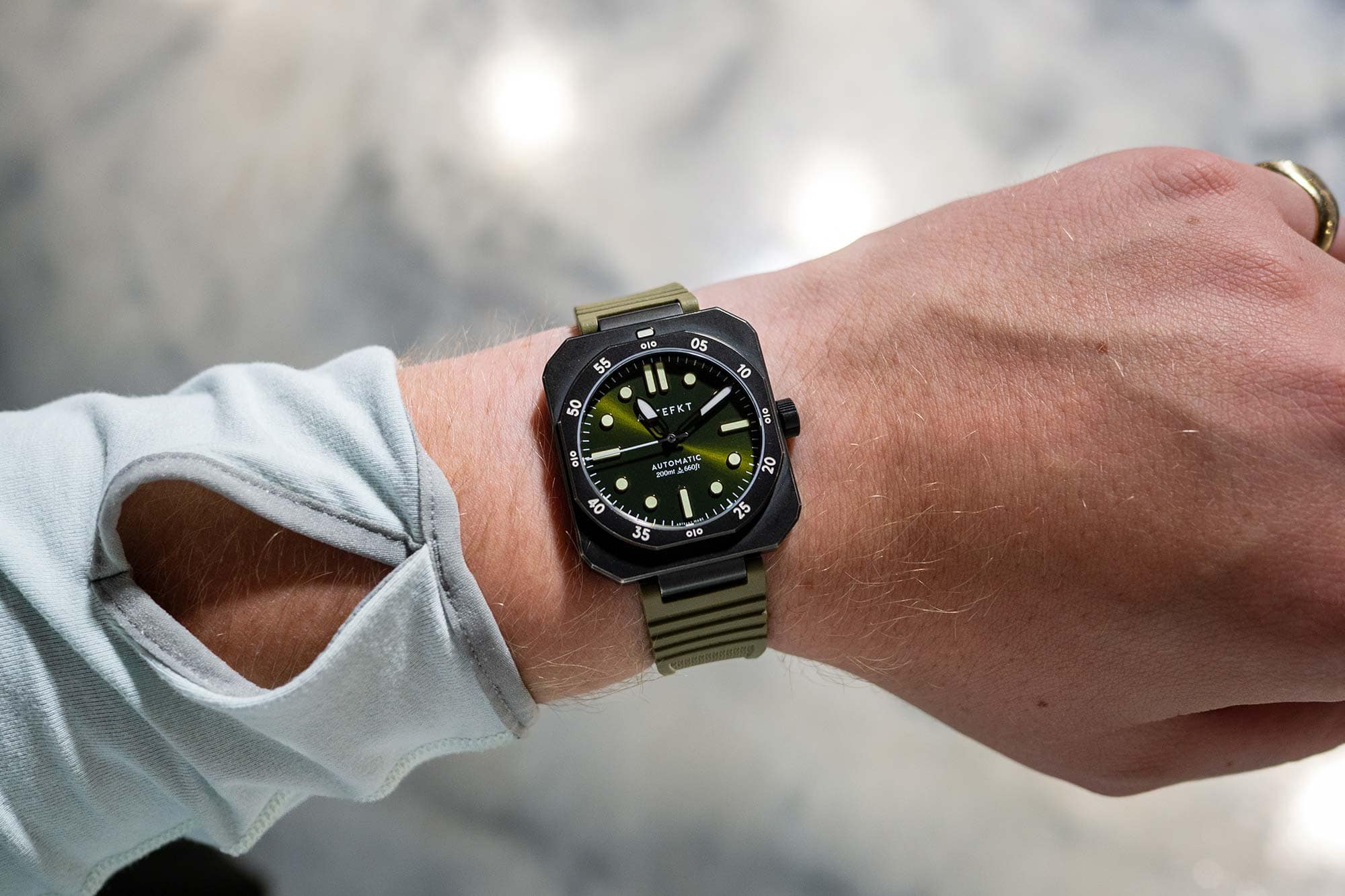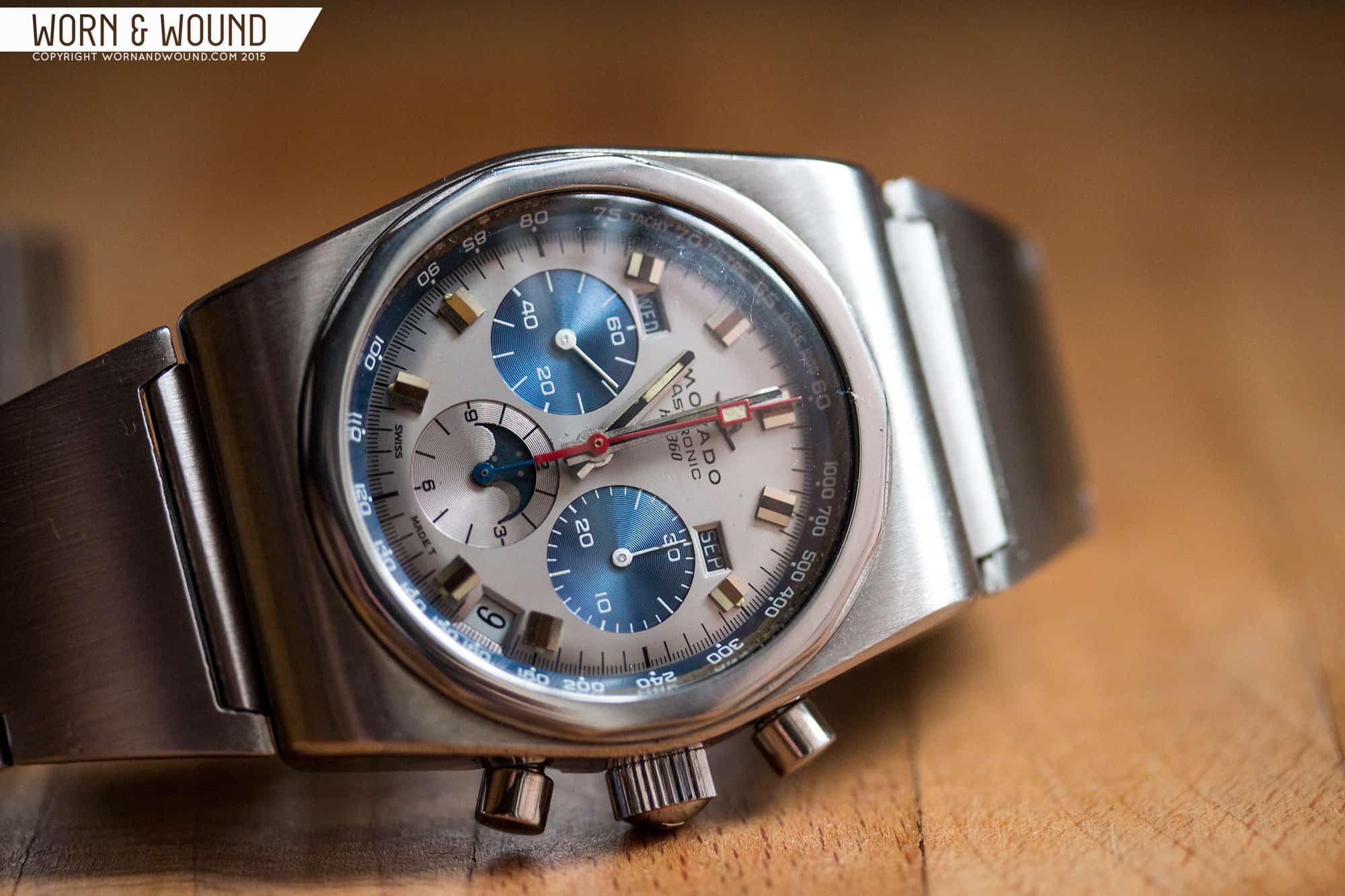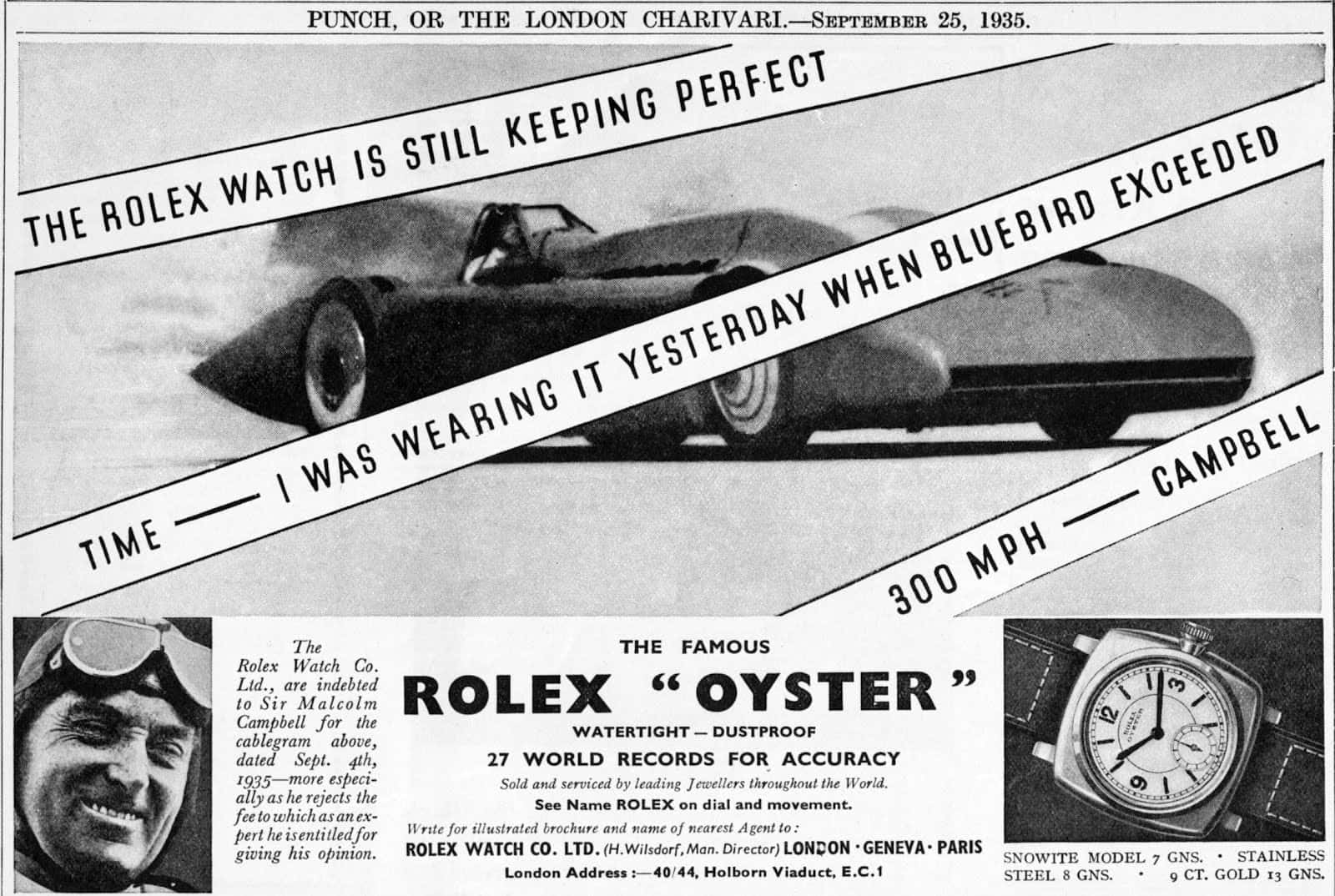Despite my acceptance that provenance undoubtedly enhances watch collecting, I can’t help but feel skeptical about its cousin: pedigree. Pedigree, or distinguished ancestry, is what allows Omega to beat the “this watch went to the moon” story to death, selling (out) selling out endless modern reinterpretations of the watch that went on a well-publicized joy ride decades ago, as well keeping its contemporary analog in the catalog permanently. Pedigree is what inspires collectors with an affinity for a very specific font on certain Rolex Cosmograph Daytona 6239’s to aggressively raise their auction paddles.
Age: Just a Number?
While some enthusiasts are busy outbidding each other over sub dial fonts, others have been busy picking their own fonts to go on their own watches as they partake in the recent rise of microbrands. Along with leading the charge in my personal favorite corner of the watch industry, these newcomers have revealed an interesting truth: a lack of history seemingly has little to no impact on the ability to make a great watch.
Windup Chicago recently wrapped up. As I enjoyed the tri-annual opportunity to discover new watches, two of the brands that caught my eye were ARTEFKT and 5280 Watch Company. One making modular, rectangular titanium sport watches, the other focused on crafting one of a kind luxurious rose engined turned dials. In almost every way, their approaches to watchmaking could not be more contrasting. But differences aside, despite brand names no older than the latest Taylor Swift album, they are both turning heads with remarkable freshman releases. And they aren’t the only two new brands shirking classic novice pitfalls. Armed with plug-and-play 3rd party movements and crowdfunding platforms like Kickstarter, turning an idea into a kick-ass watch has never been more accessible than it is today.

I often turn to YouTube to stay up to date on this ever-growing list of ambitious new brands. Recently, an old brand has been fighting for my attention by clogging my feed with commercials for their latest integrated bracelet sports watch. If you consume as many video reviews as me, you have undoubtedly also become skilled at quickly skipping over these ads from Movado, a brand known for watches with a certain department store vibe today, despite their rich and renowned history. To be fair, evolving in a turbulent industry is not specific to this previously renowned company founded in 1881 that once competed with Rolex and was part of a newly formed conglomerate that completed work on Zenith’s El Primero movement in 1969. Demonstrating the inevitably of change, Seiko released the Astron mere months after this crowning achievement, setting a battery powered crisis in motion that resulted in countless brands scrambling to adapt, many changing hands and closing in the process.
It can be easy to romanticize old founding dates that start with 18 or even 17, forgetting they rarely represent continuous operation and cohesive vision, even if the illusion of those elements is represented in marketing and factored into MSRP. Discounting all watch history just because change is inevitable would be a flawed way to view the hobby, but when brands as old as the first commercial telephone hang their hat on modern mass marketing trends and new brands are busting out the rose engines, it’s appropriate to question if pedigree still holds the same importance it did in decades past.

While I praise these increasingly prevalent newcomers disrupting perceptions, one missing element frequently ends my excitement as quickly as it begins: a lack of story. Some microbrands are great at telling their stories. They understand that they are using the same 306L steel and the same 3rd party movements everyone else has access to, and they make an effort to explain why their combination of these generic parts is different. From the mid-century influence at the heart of Lorier’s classically proportioned collection to Autodromo’s racing inspired creations, relatively young modern independent brands remind us that (when done right) age is just a number. But for every Lorier and Autodromo, I stumble upon new offerings that showcase objectively strong designs, yet fall flat on sharing the story of why they bothered to create them in the first place. Acknowledging the hypocrisy in begging to be marketed to after taking a stance against overpriced pedigree, I admit that I can’t help but lose enthusiasm when a brand doesn’t even bother to explain why a watch was made in the first place.
Final Thoughts
In the final scene of Fight Club, Edward Norton delivers an iconic line as buildings crumble around him: “You met me at a very strange time in my life.” This line might as well be the slogan for the current state of the watch industry. Once-renowned brands are now associated with mall kiosks, while recently unheard-of brands are turning heads with truly impressive freshman releases made possible by a shift in access to components and funding.
Inspired by a conflicting affinity for provenance and a disdain for pricey pedigree, I set out to discern if the value added by history is real or perceived. Did I find the answers I was looking for? Yeah, I’d say I got about as close as I’m going to get in this hobby largely driven by emotion. As corny as it sounds, in the current landscape of watchmaking, every watch has history built into it. Affordable automatic chronographs exist because Movado and Zenith skipped Beatlemania to join the race for the first automatic chronograph. The third party movements now readily available to any brand can be housed in equally ubiquitous water resistant cases because brands like Rolex spent the 1920’s flooding a bunch of watch cases to develop the technology.

As collectors we make individualized choices on what matters most to us when we decide to buy a watch. I’m walking away with the viewpoint that a story is simply another optional upgrade, but one that carries more importance than a sapphire crystal or a ceramic bezel. At the end of the day, we are human and we will want to be told a story that turns those components into more than just materials. Sometimes it’s the tale of a watch that went to the moon but couldn’t make its way to the Smithsonian, and sometimes it’s the story of its plastic ancestors that will undoubtedly complete their mission to your wrist if you are willing to pay for the narrative. While history is now inherently built into every watch, the story isn’t. But with the right vision and a willingness to actually tell it, that story can now begin with a Kickstarter campaign and has the potential to star a watch capable of advancing this ever-evolving industry.









 Featured Videos
Featured Videos




